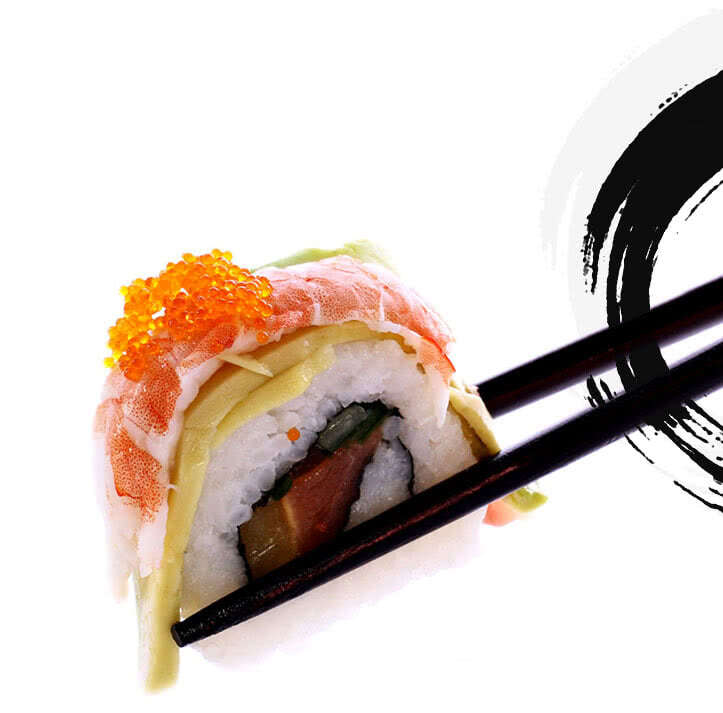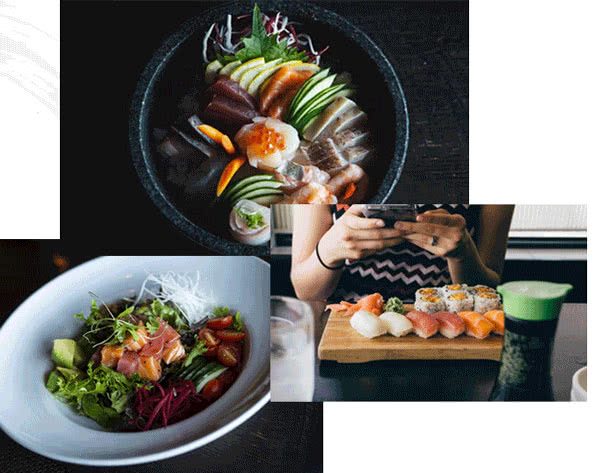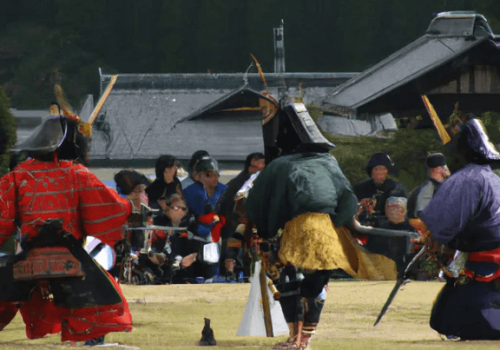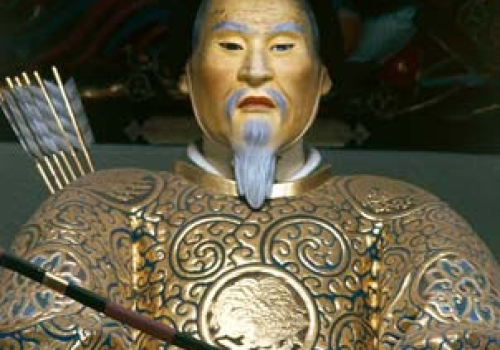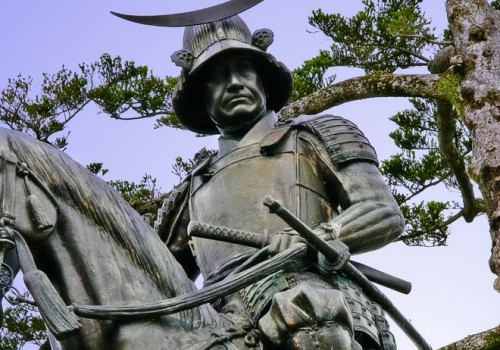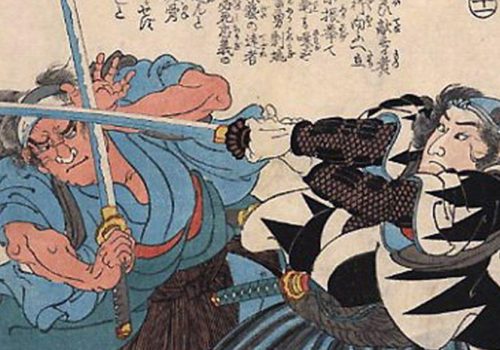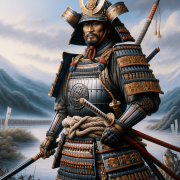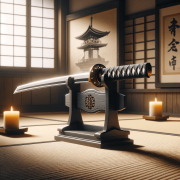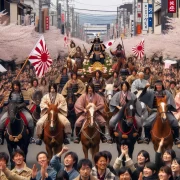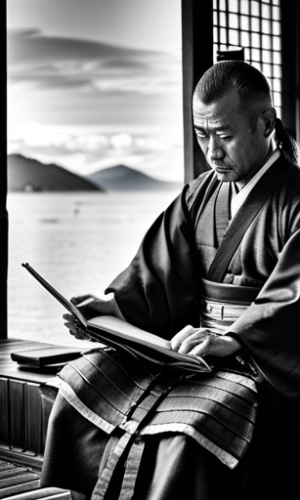Welcome
Your resource for information about the great samurai warrior.
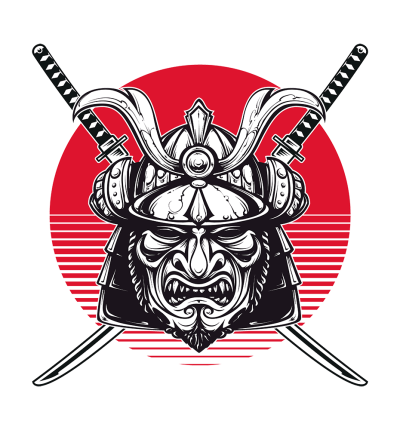
The Art of Bushido
Bushido, often termed the “Way of the Samurai,” delves profoundly into the spiritual realm, transcending mere martial prowess or strategic wisdom. At its core, the spiritual essence of Bushido anchors itself in concepts like “Makoto,” or sincerity, ensuring one’s actions align with genuine feelings. Embracing the impermanence of life, samurai sought enlightenment and inner peace, often through Zen Buddhism, viewing each moment as unique and sacred. This belief system emphasized virtues like compassion, gratitude, and humility, fostering a connection to the universe beyond earthly existence.
Embracing death was another spiritual tenet, not out of a morbid fascination but as a path to genuinely valuing life. The spiritual dimension of Bushido also encouraged harmonizing with nature, perceiving the divine in every leaf and stone, thus cultivating reverence for life’s interconnectedness. Furthermore, daily rituals, meditation, and introspection became essential practices, guiding samurai toward achieving spiritual purity and inner tranquility far from the chaos of battle.
As well as the spiritual aspects, the Bushido code meticulously addresses the mental and physical dimensions of a samurai’s life. Mentally, the samurai were trained to cultivate an unshakable will and razor-sharp focus. They were often taught the art of meditation to clear their minds, improve concentration, and remain calm under pressure. Stoicism became second nature, allowing them to confront challenges without being overwhelmed by emotions. Strategic thinking and a keen sense of judgment were essential, as samurai often found themselves in situations where swift, decisive actions determined life or death.
Physically, the samurai’s regimen was demanding, ensuring they remained in peak condition. Rigorous training routines honed their martial skills, from archery to swordsmanship. Their bodies were conditioned to endure harsh terrains, prolonged battles, and fluctuating climates. They practiced katas, or sequences of movements, with dedication, refining their techniques to perfection. This unyielding dedication to physical fitness was not just about combat readiness; it embodied discipline, resilience, and commitment to the Bushido code. Together, the mental and physical disciplines ensured the samurai was a balanced and formidable force on and off the battlefield.
Samurai Indepth
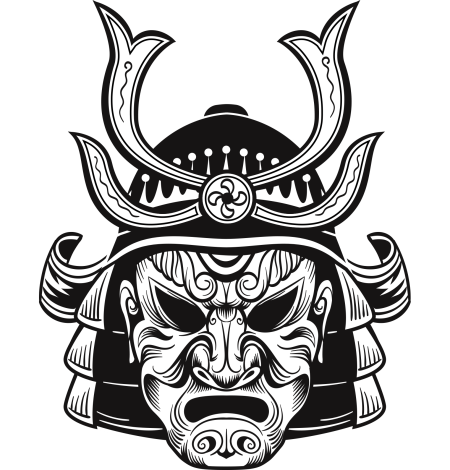
Quick Samurai Tag Links
Samurai Sushi
